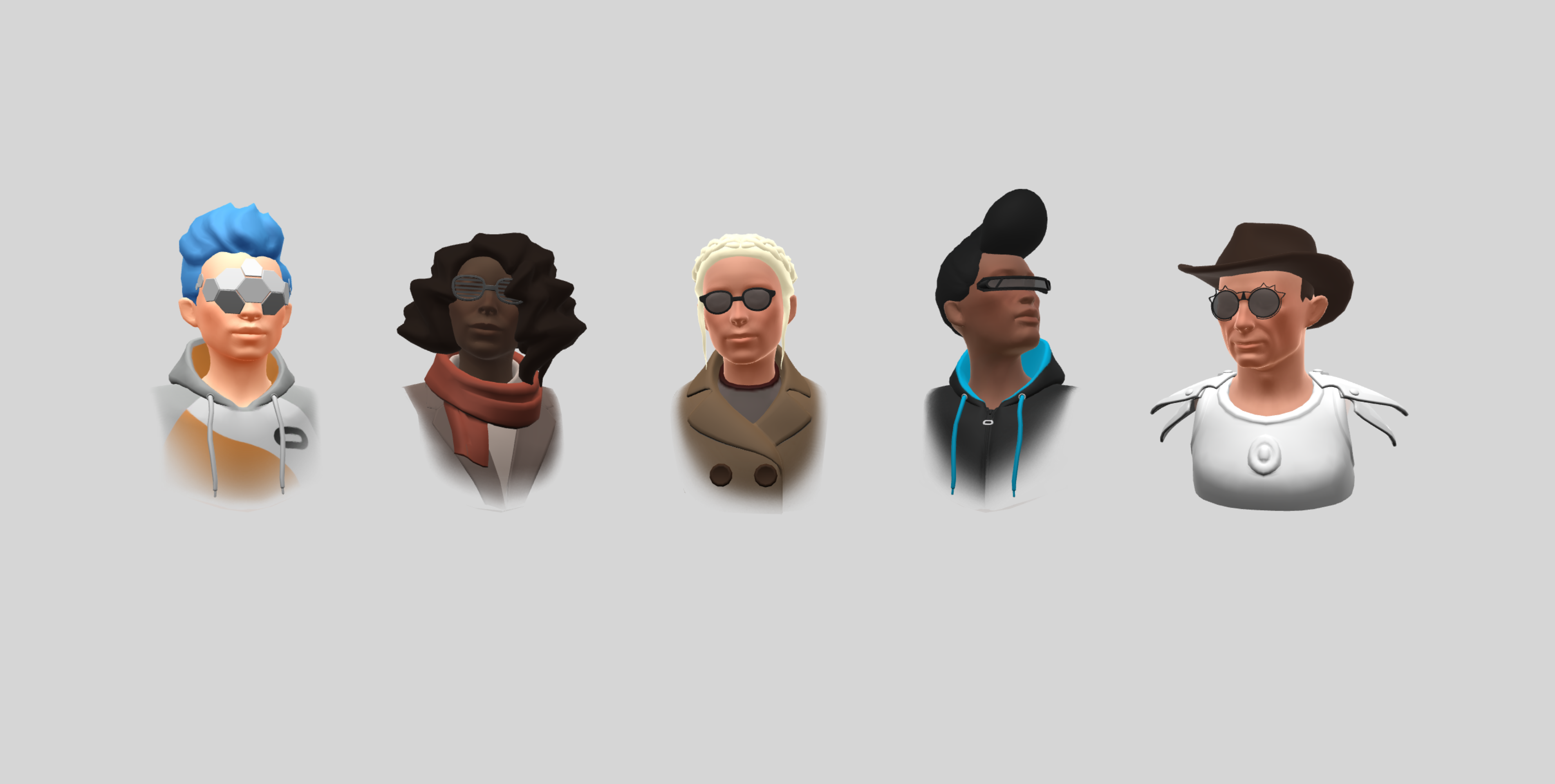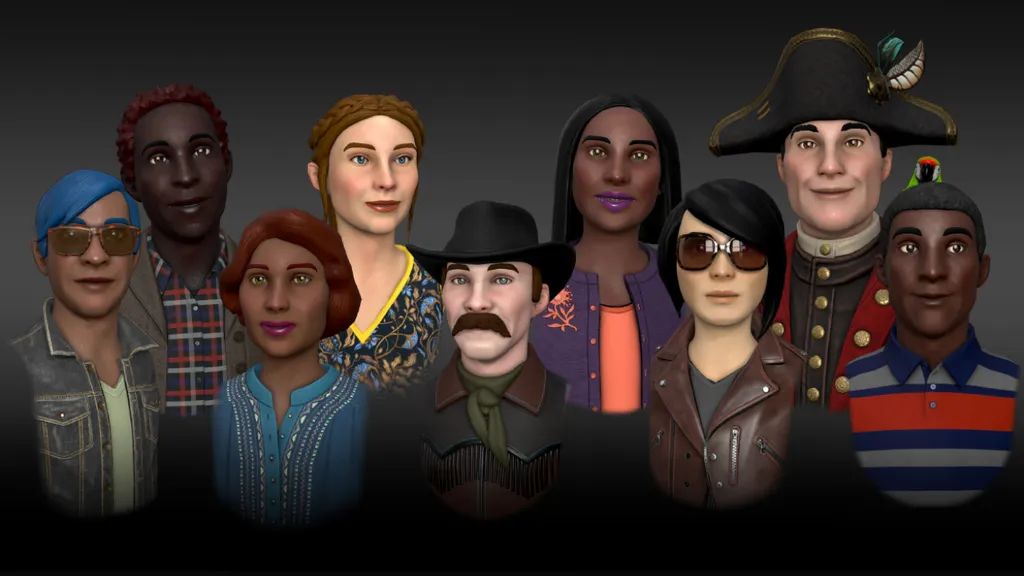The long awaited ‘Expressive Avatars’ update to Oculus Avatars launches today. The update adds simulated eyes, overhauls the lipsync technology, and adds microexpressions.
Oculus Avatars is available for free for any VR developer to use in their app. This new update was first announced last year at Oculus Connect 5. It was described at the time as coming “later this year”, so that target must have slipped.
Enhanced Realism
The most noticeable addition in the update is eyes. Earlier Oculus Avatars avoided eyes by requiring opaque eyewear such as sunglasses or a virtual VR headset. The new eye simulation is based on real human behaviors such as “micro-saccades, smooth pursuit and ballistic gaze shifting”. Developers can specify objects for the eyes to look at.

The lip sync technology has also been overhauled. Previously the lip simply shifted like a wave in response to the volume of the user’s voice. It now uses machine learning-based technology to attach a more realistic set of movements to lips in social VR. The new renderer features “differential blending between individual muscle movements” and “facial micro-expressions”.
![]()
Oculus Avatars went cross-platform last year meaning other platforms will be able to experience these new features too. However currently only Oculus users can customize their avatar — other platforms must select from a predetermined list.
More Customization, App Support
New customization options have been added to the avatar editor. You can now change your avatar’s eye, lip, lash, and brow color. There’s also a new range of hairstyles, clothing options, and eyewear if you’d prefer your eyes to not be visible.
![]()
Oculus Home already supports this new update, but third party apps will need an update. Over “the next few days” apps like Poker Stars VR, Tribe XR DJ, and Epic Rollercoaster will get support
The Future
The next challenge Facebook wants to take on for Avatars is full body representation. The company believes this could deliver “a much richer and more complete sense of social presence.”
![]()
Facebook representatives believe it will be an “amazing challenge” to deliver general purpose full body avatars while keeping the same design principles. The company listed unsolved problems such as handling both sitting and standing and the transition between them, how to handle leaning or reaching down, how to simulate clothing realistically, and how to account for varying body shapes.


























